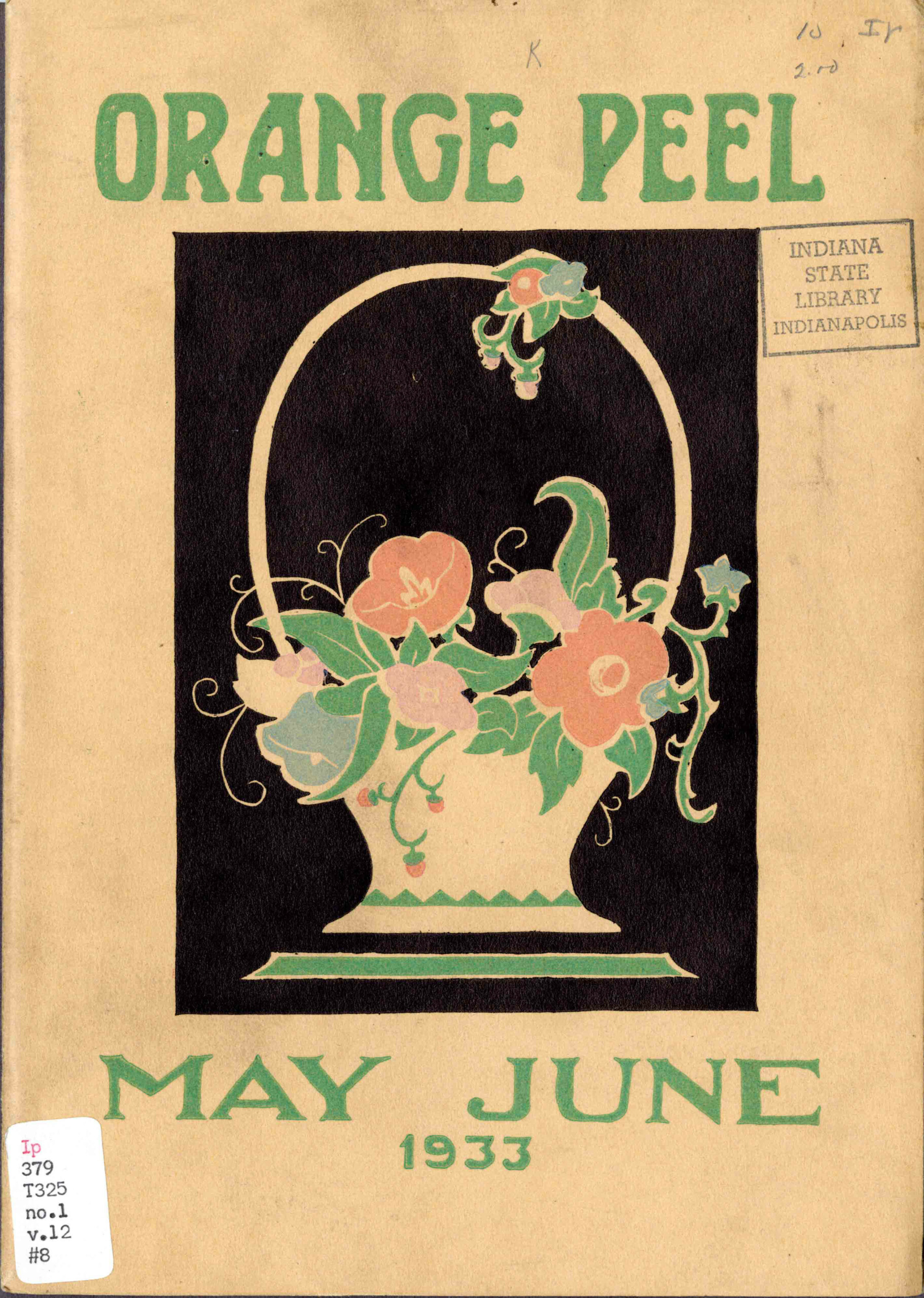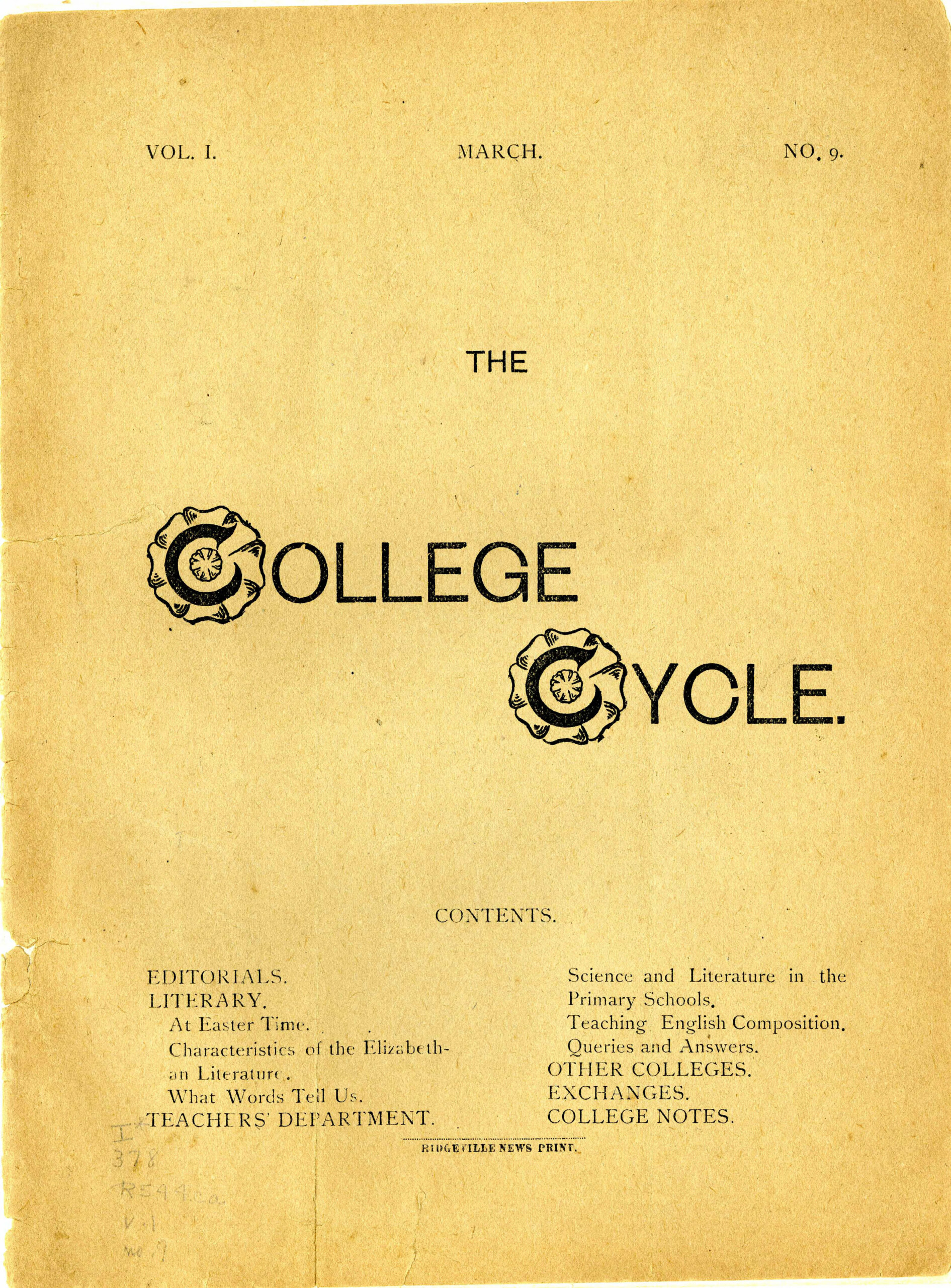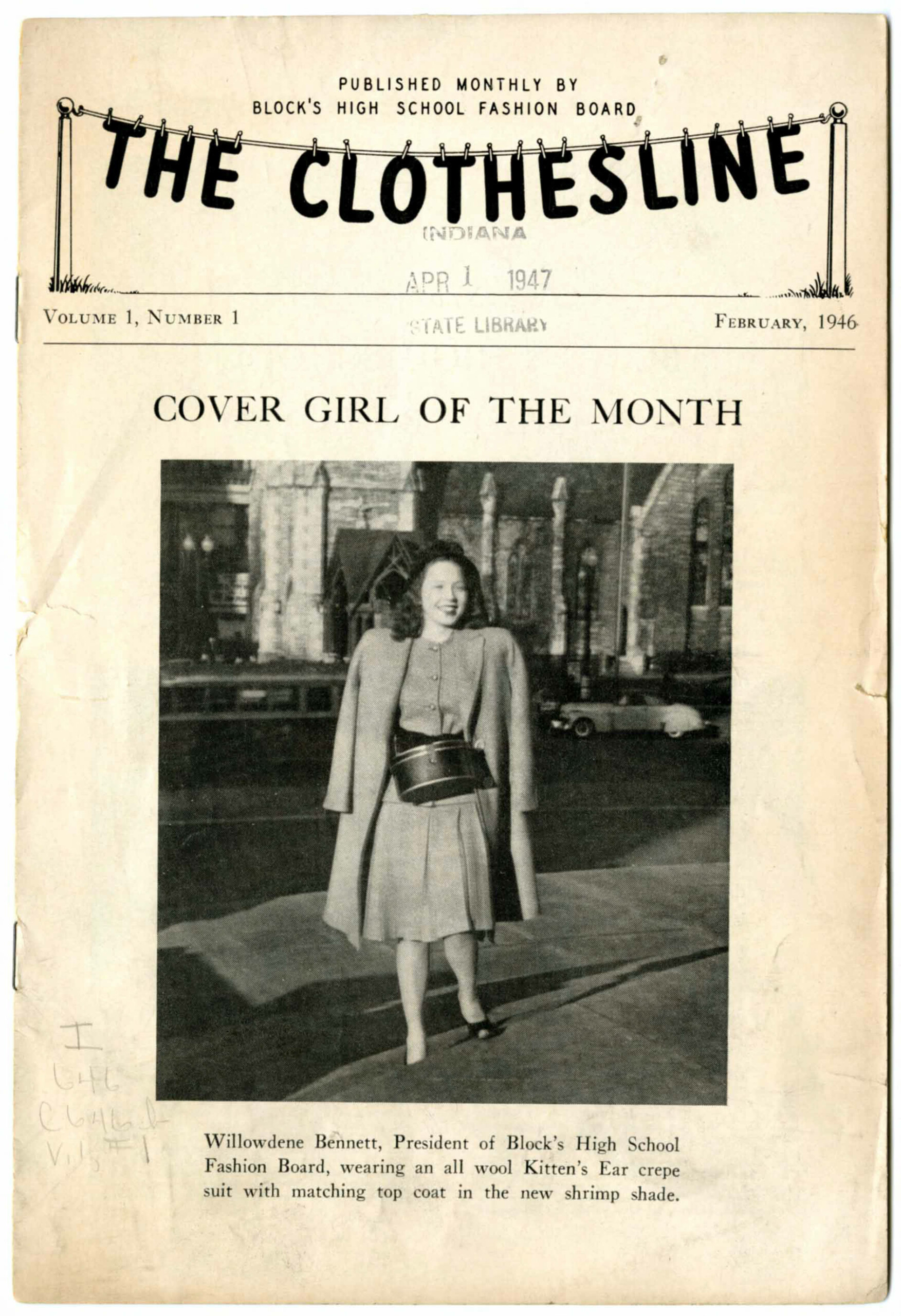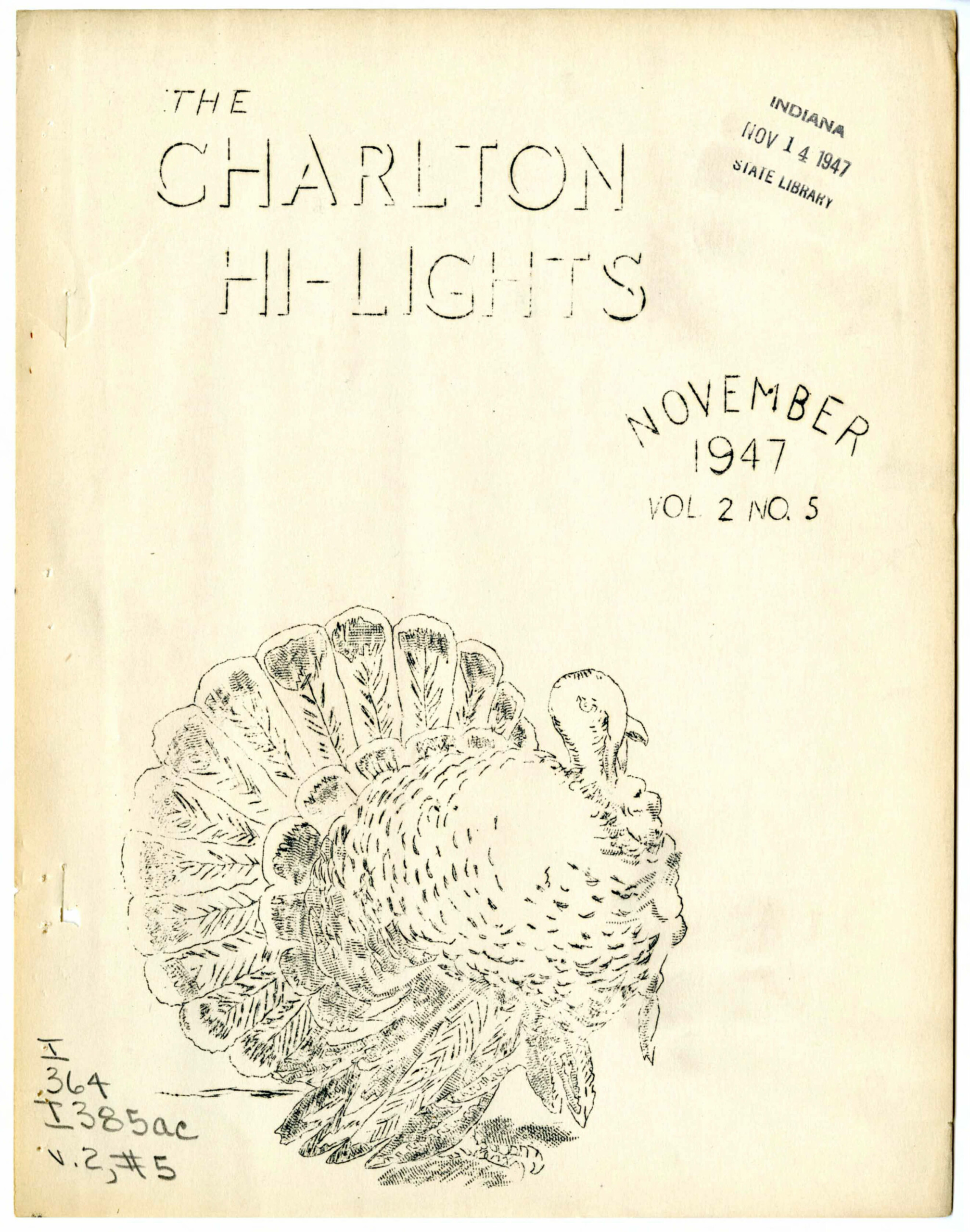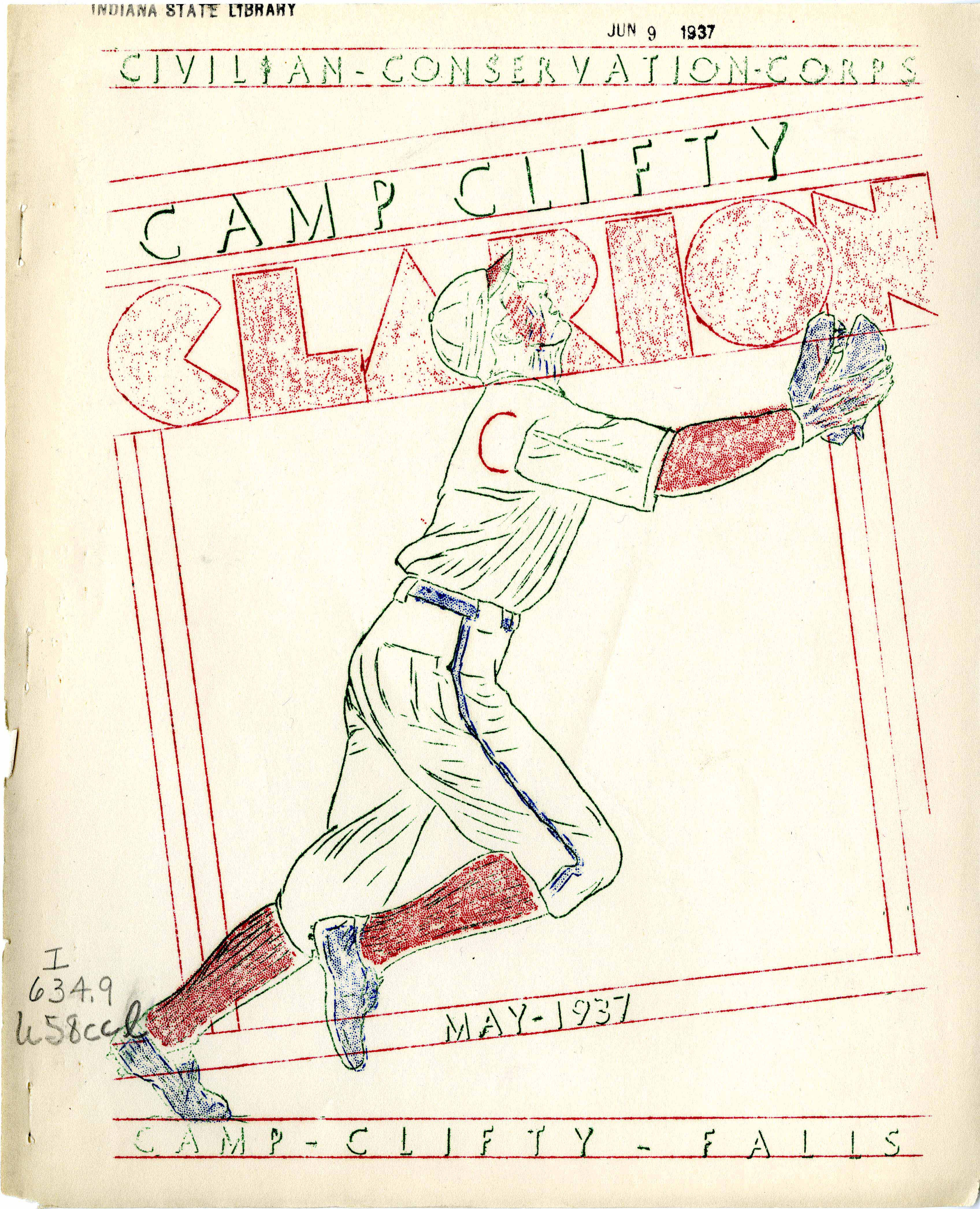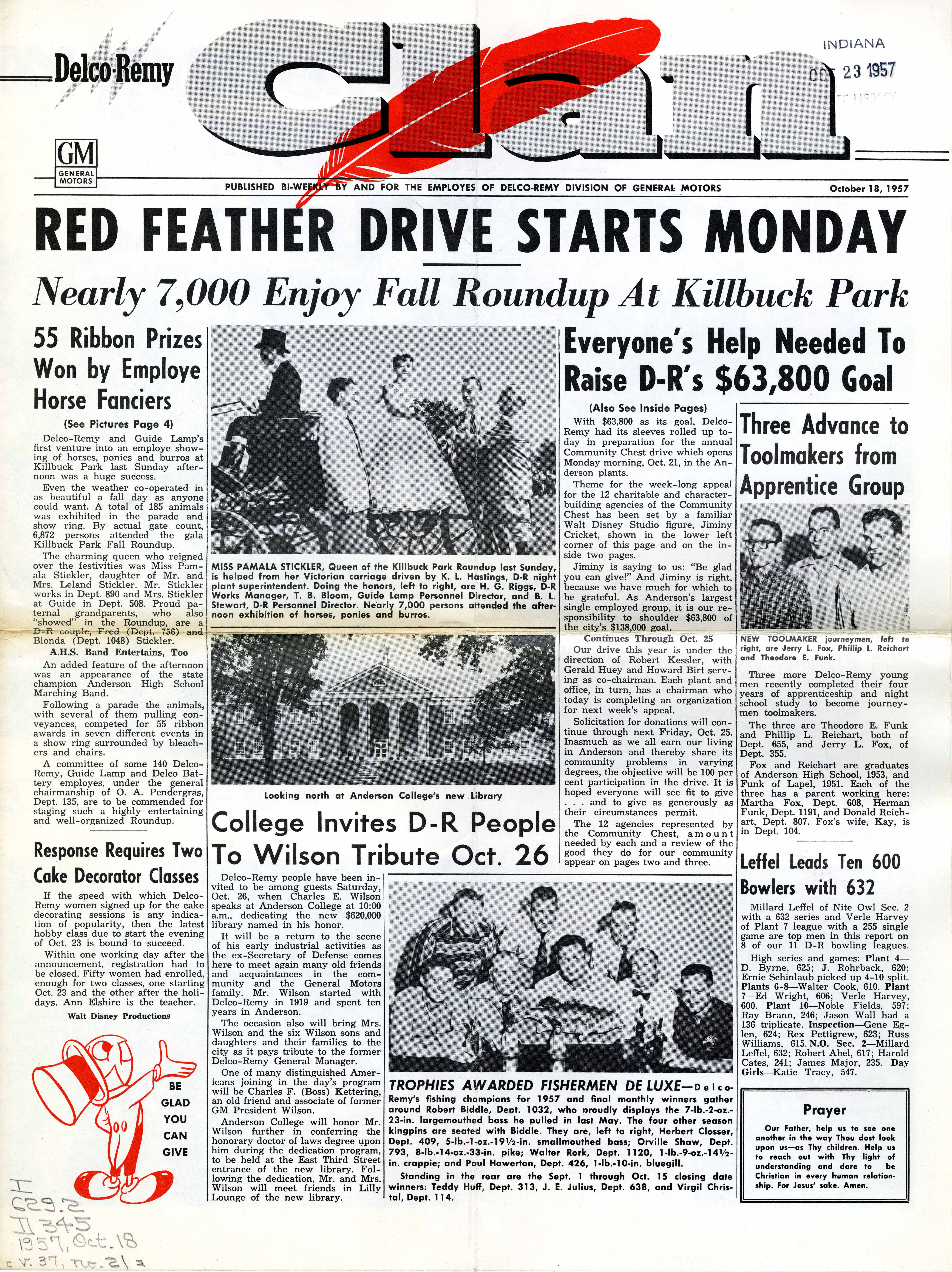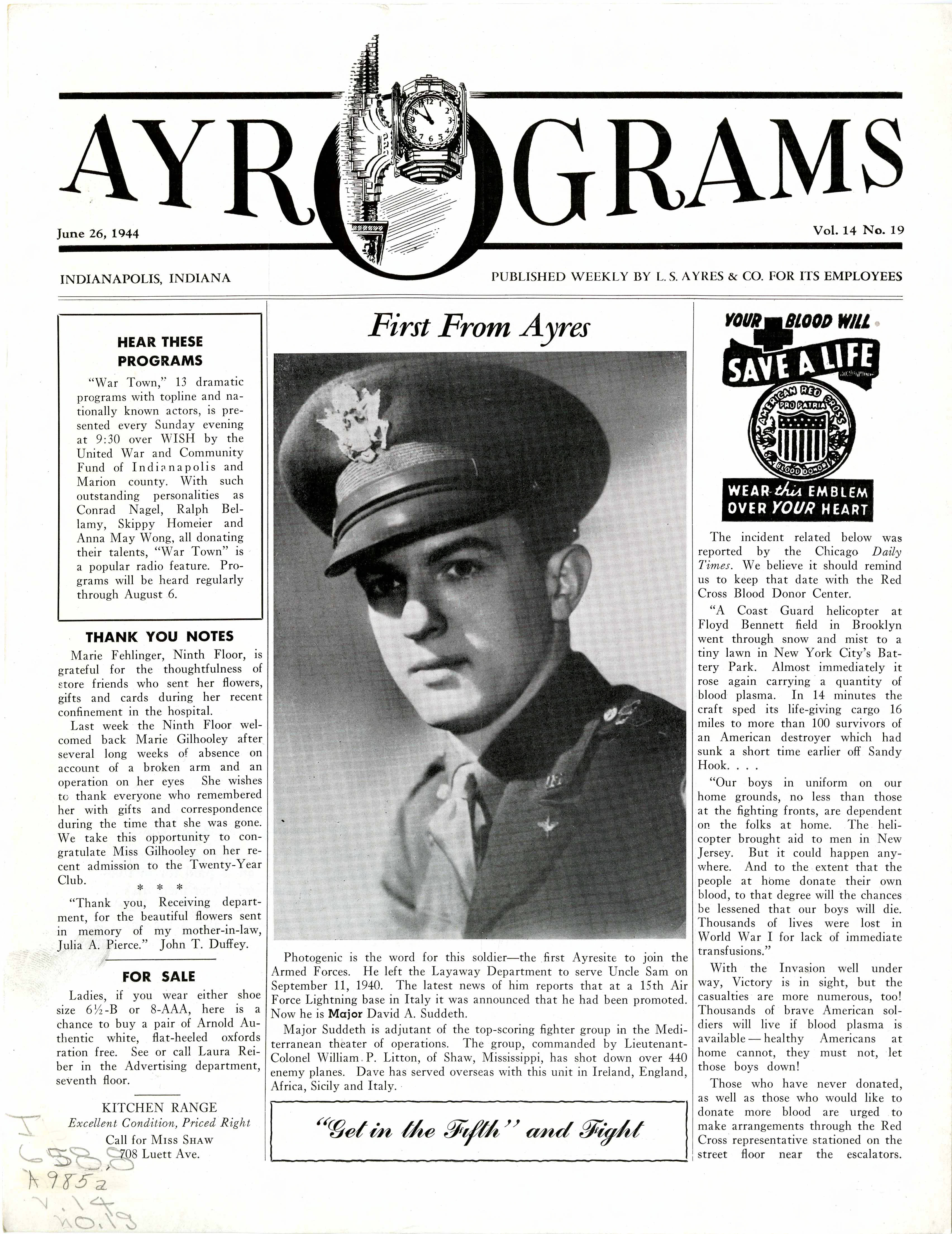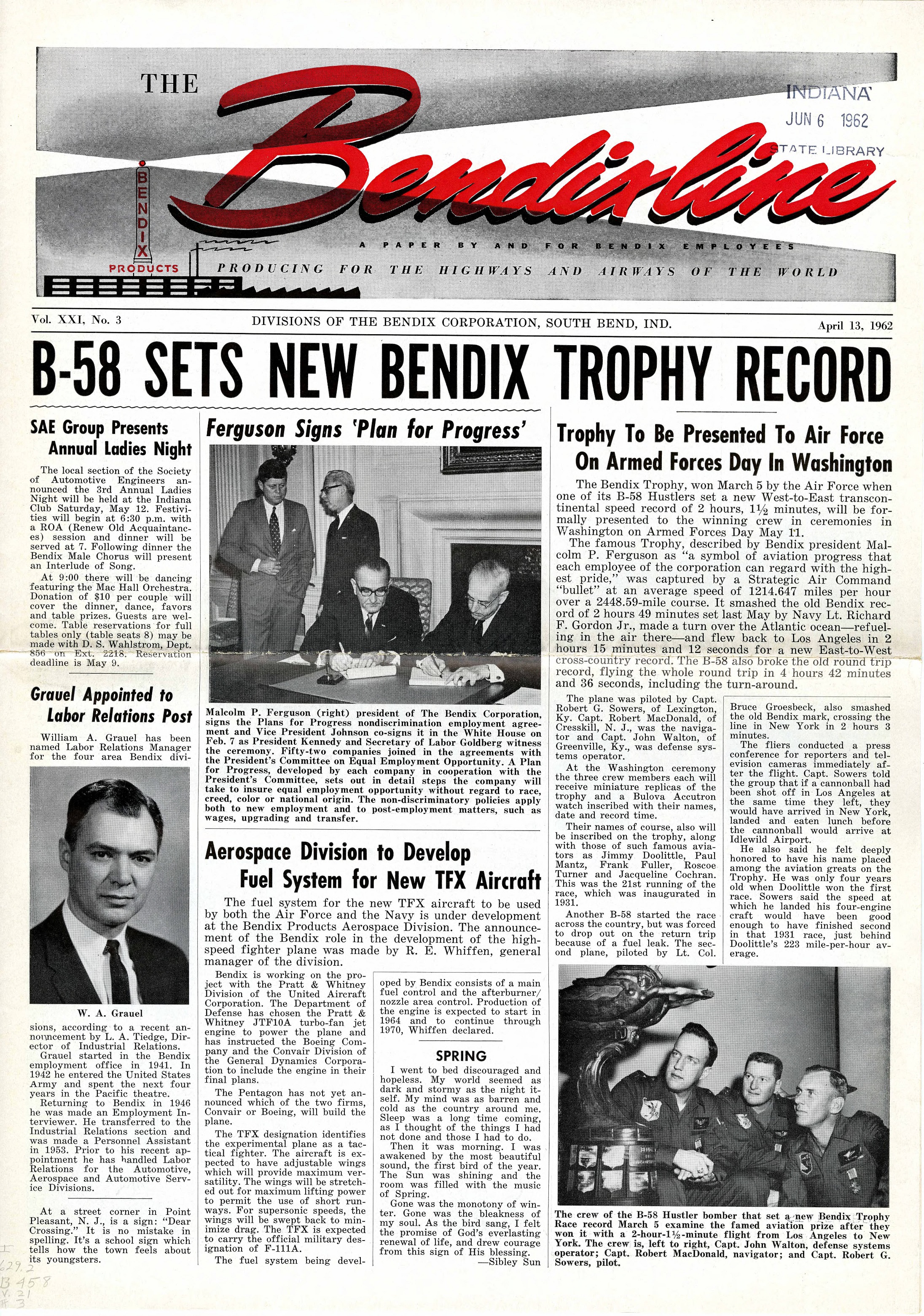“The city newspaper, that is thrown upon the porch every day brings world, national and state news. One reads this news because it is informative. The mailman delivers the Martin County Tribune to the homes in Loogootee. The local incidents in the Tribune not only inform the reader but become a part of his conversation.
Now a school paper is to be published monthly and carried to practically every home by school children. This paper, The Echo of LHS, will bring to the attention of its readers the activities of the school. It too, will be informative and will stimulate conversation; furthermore, it will set into vibration inert feelings. One will read the Echo, talk the Echo, and sincerely feel The Echo.” – The LHS Echo, Dec. 20, 1929, Loogootee, Indiana.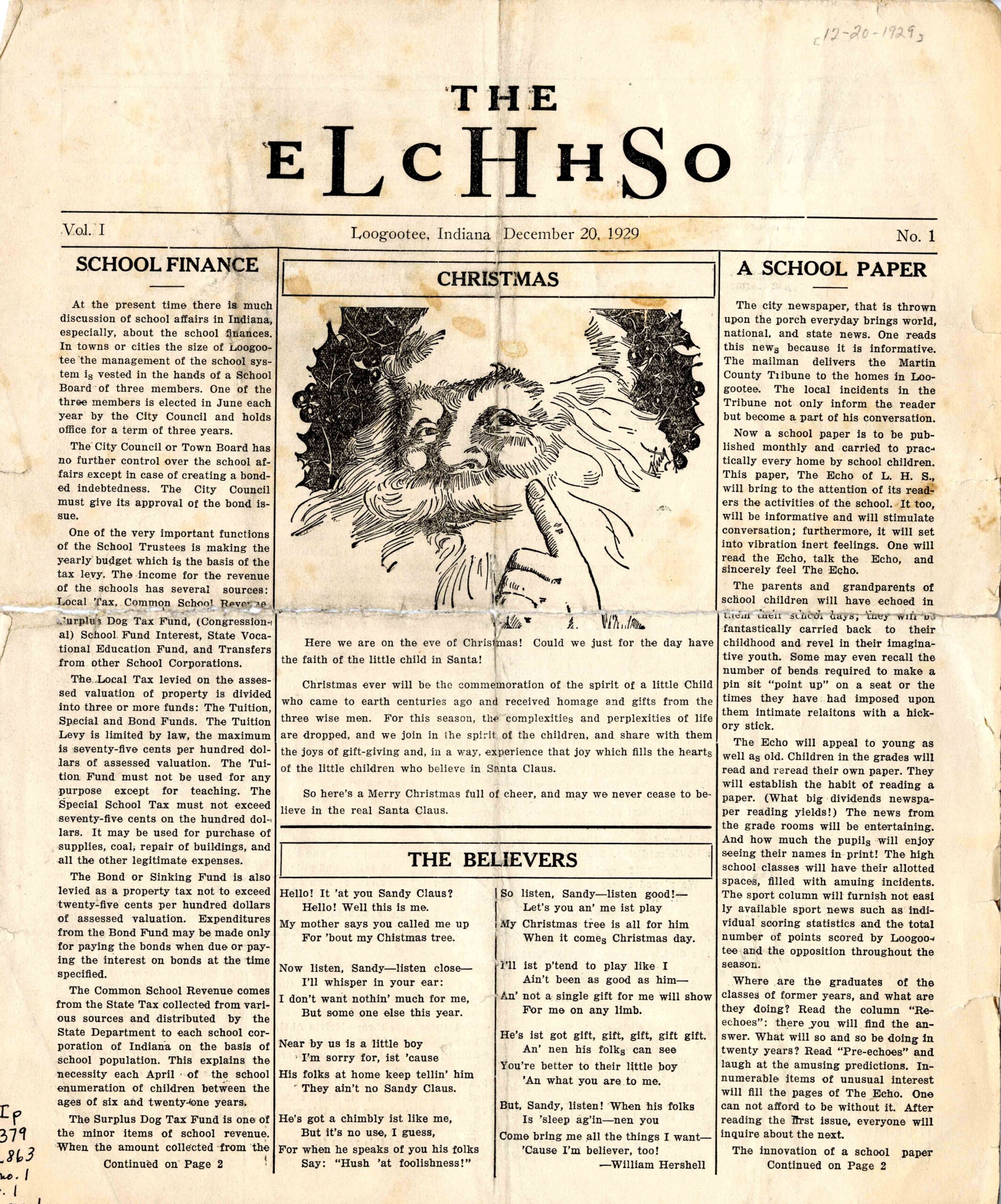
School newsletters and newspapers were, and still are, a vital part of a school’s distribution of information about students, class news, events, graduations, sports, editorials and sometimes jokes and short stories. Students interested in journalism often wrote the articles and a student-run print shop produced the newsletters for distribution as part of the school curriculum. Here are a couple of great examples – The Orange Peel from the Sarah Scott Junior High School in Terre Haute and the Annex News from the Roosevelt High School in Gary.
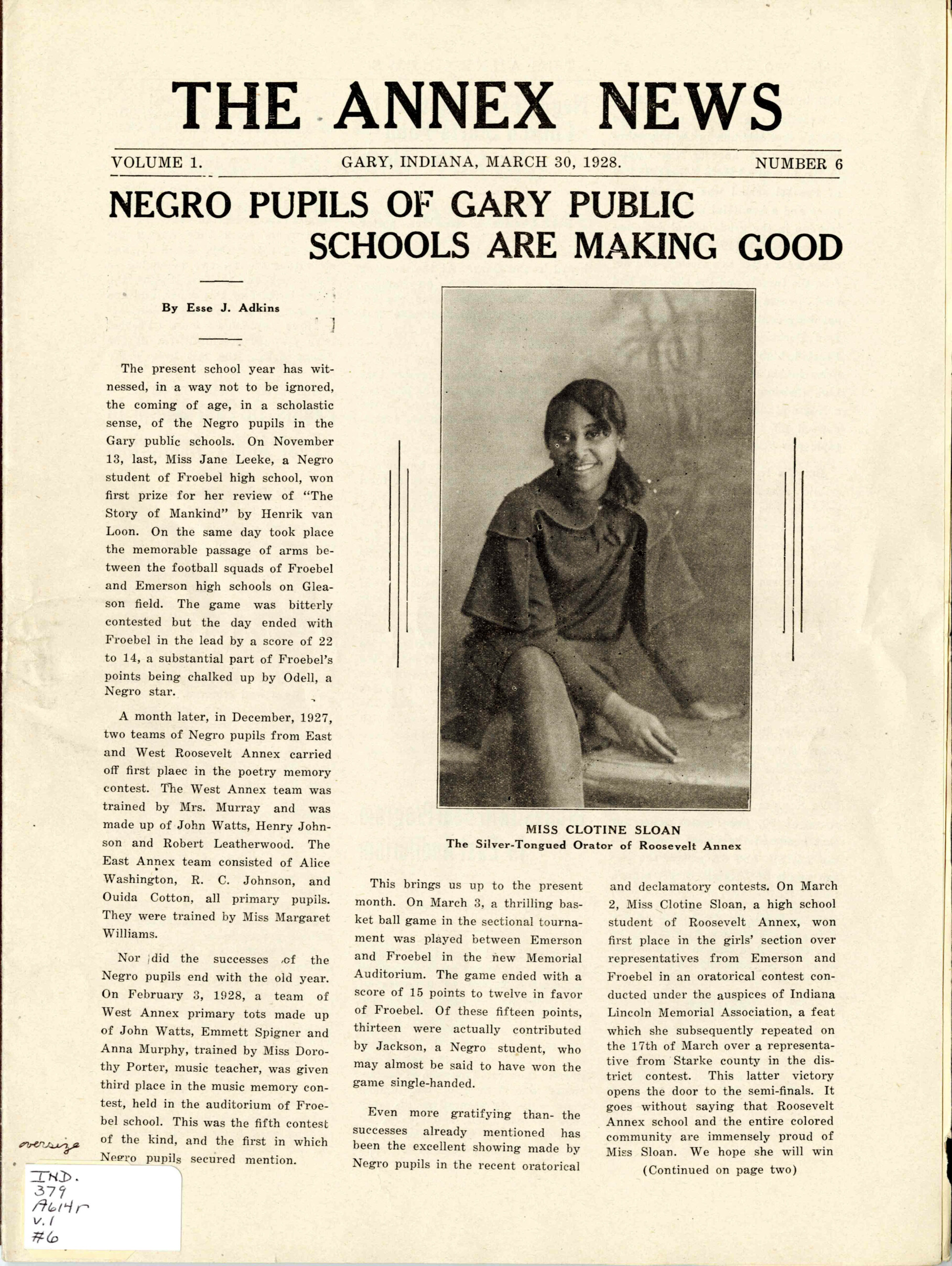 Colleges and universities also published their own as well, such as the College Cycle, published at the short-lived Ridgeville College, in Ridgeville, Indiana. These often focused on academic editorials and articles. In the March 1893 issues, one can read about “Characteristics of the Elizabethan Literature” or “Science and Literature in the Primary School.”
Colleges and universities also published their own as well, such as the College Cycle, published at the short-lived Ridgeville College, in Ridgeville, Indiana. These often focused on academic editorials and articles. In the March 1893 issues, one can read about “Characteristics of the Elizabethan Literature” or “Science and Literature in the Primary School.”
Some were very specific, such as The Clothesline, the publication of the Block’s High School Fashion Board. The board was organized in August 1940 and met at Block’s Department Store in downtown Indianapolis. These have information about the board members who are students from local high schools, editorial column, general fashion information, school information, society news, sports and general articles.
The state schools and institutions also published newsletters. The students at the Charlton High School, part of the Indiana Boys’ School in Plainfield, wrote and printed a monthly school newsletter, called The Charlton Hi-Lights. It was sponsored by the Indiana Department of Commerce and the Department of Education and includes editorial sections, book reviews, illustrations, quotes, quizzes and general information about the school and students.
The Indiana State Library has a small collection of these newsletters, and many have been digitized and are available in our Education in Indiana digital collection. You can research or peruse them via the Suggested Topics link, then Student Newspapers and Periodicals.
If you have any old school newsletters at home and you’re not sure what to do with them, we are always looking for donations to help build our collections.
This post was written by Christopher Marshall, digital collections coordinator for the Indiana Division at the Indiana State Library.
Note on terminology: Language used in the primary sources sharing does not reflect language that would be used today.

